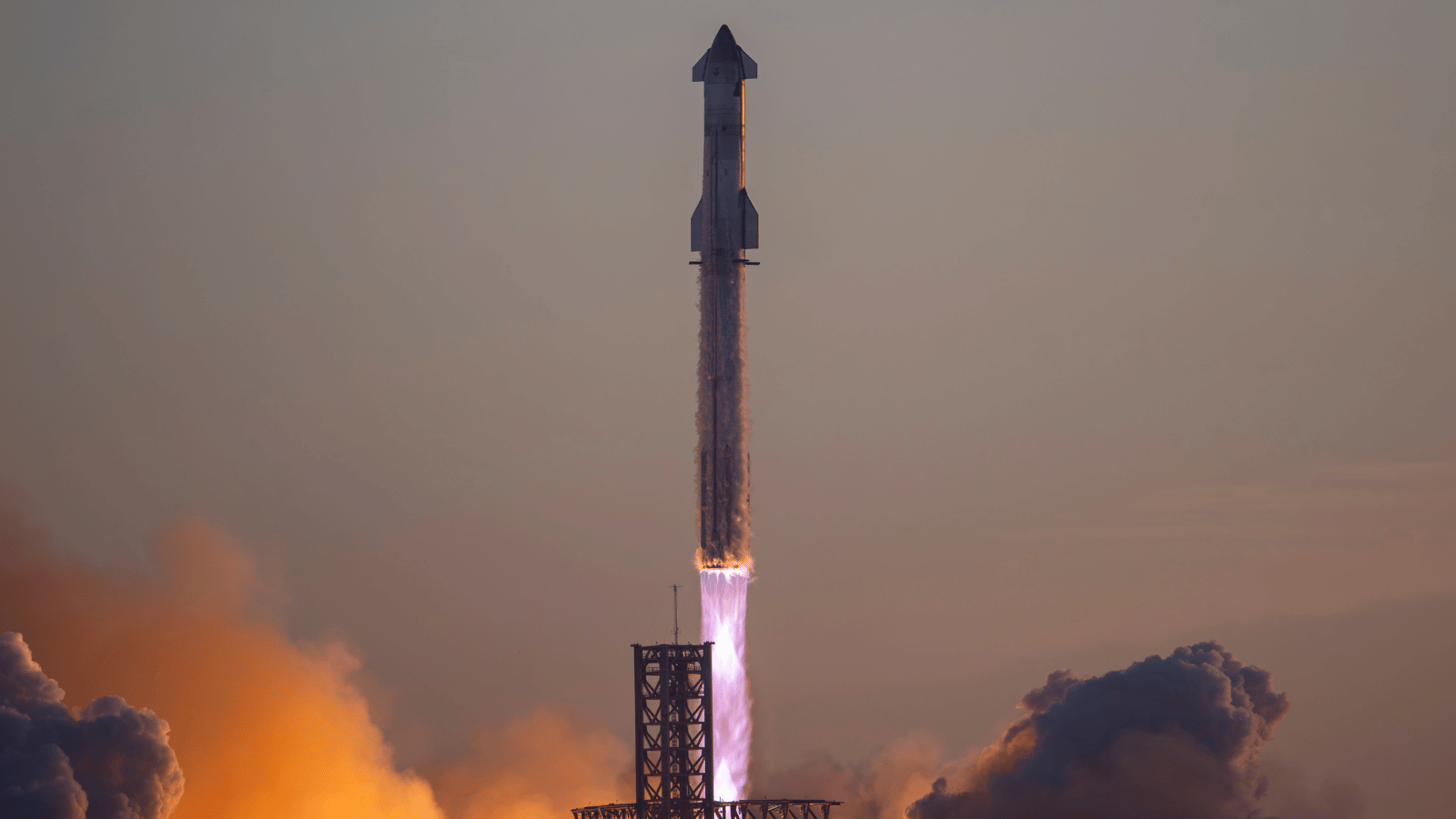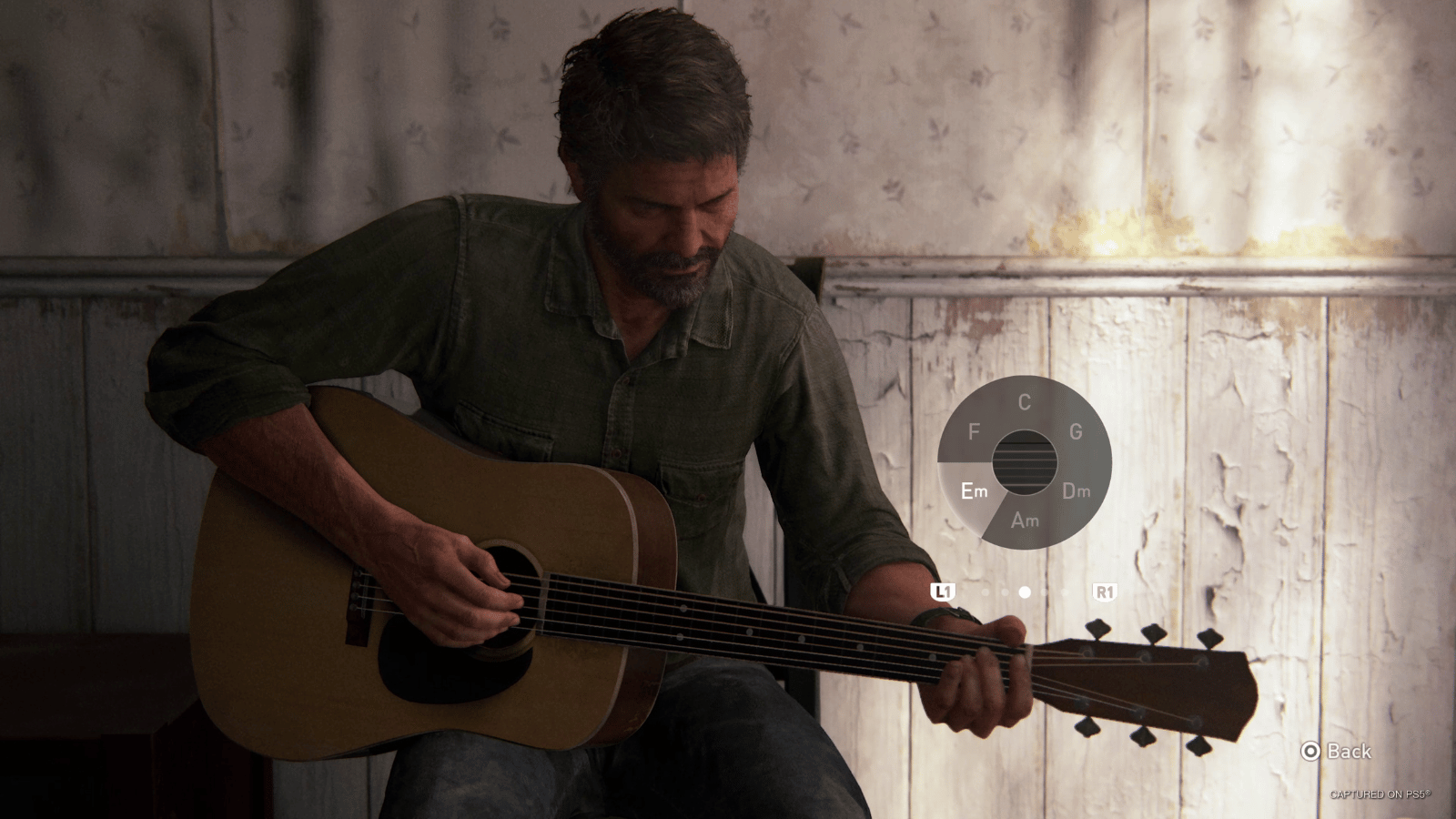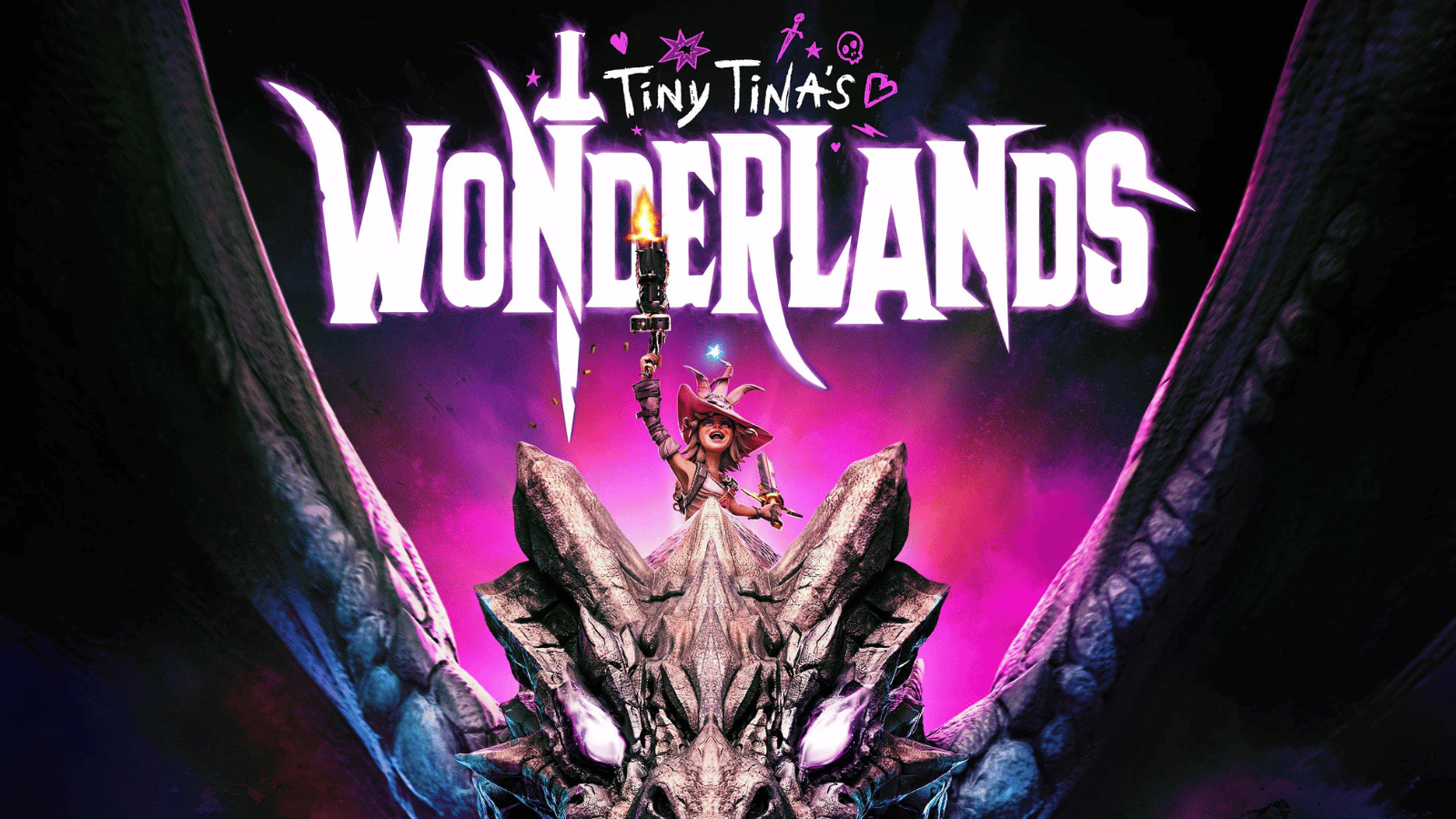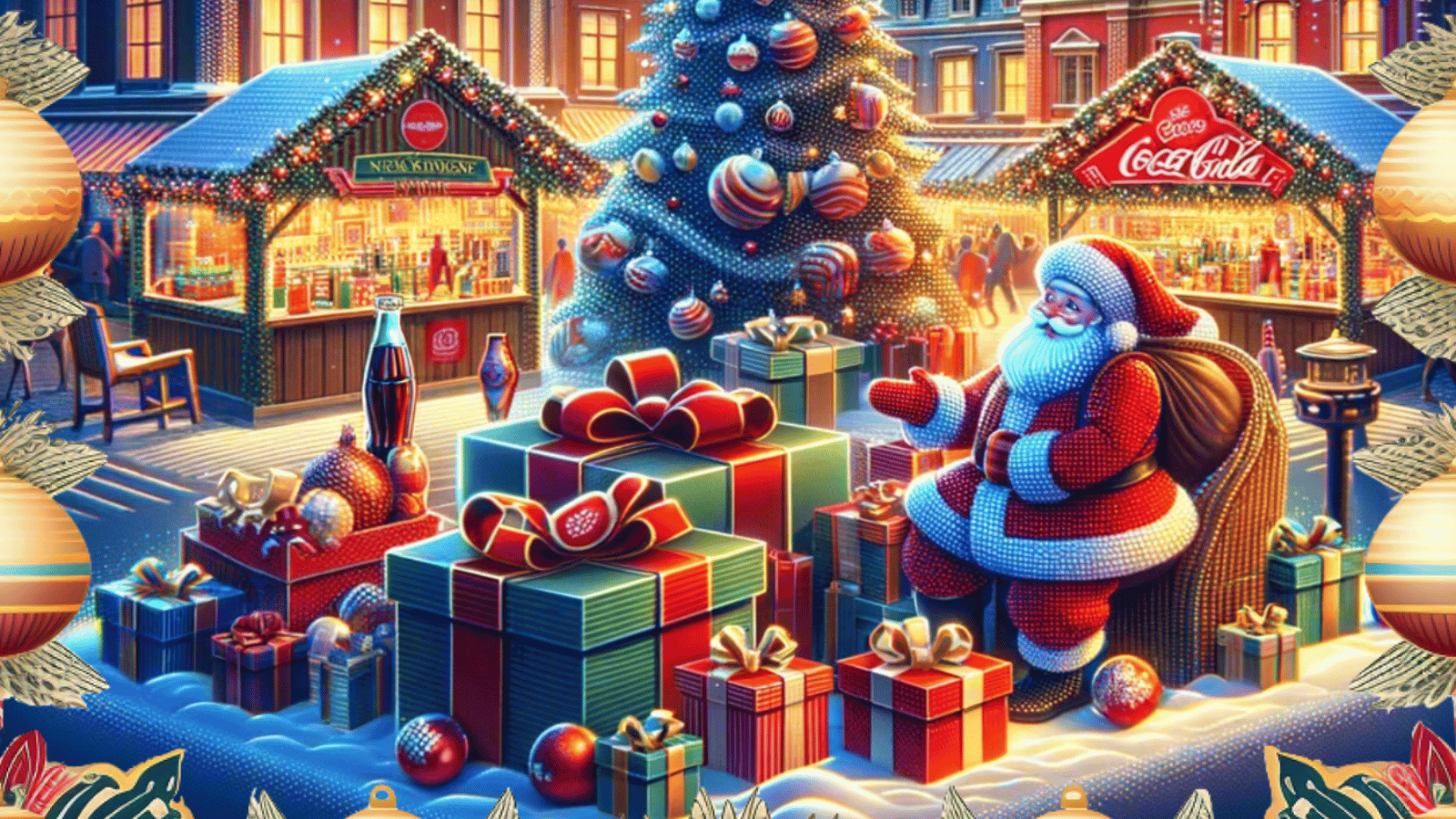Starship Oddity

SpaceX has finally done it. Over the weekend, the private space company’s largest-ever rocket, Starship, took to the skies, eventually reaching space. Unfortunately, that’s where the good news ends. Shortly after it achieved its goal on Saturday, 18 November, the rocket’s colossal Super Heavy booster exploded (after stage separation), with Starship’s upper-stage vehicle following suit before reaching its target altitude.
The company described the entire process as a “rapid unscheduled disassembly,” – the same terminology presented during the rocket’s first launch attempt in April. For a second go, things didn’t go quite as badly as they could have. It broke new ground (sky?) by reaching an altitude of 148km, 102km shy of the mission’s goal, managing to double the time spent aloft than its predecessor. For another, it’s given SpaceX something to work with that’ll make the rocket’s next attempt a more rousing success.
But what caused the “rapid unscheduled disassembly”? John Insprucker, SpaceX’s principal integration engineer said, “what we do believe right now is that the automated flight termination system on second stage appears to have triggered very late in the burn, as we were headed downrange out over the Gulf of Mexico.”
“We’re going to take that data and improve the hot staging sequence and probably improve the hardware itself for the next flight,” SpaceX quality engineering manager Kate Tice said. “Honestly, it’s such an incredibly successful day even though we did have a rapid unscheduled disassembly of both the Super Heavy booster and the Ship.”
When that’ll be, there’s no telling. It took all of eight months to get another launch attempt pencilled into the diaries, and it’ll likely take just as long if not slightly less before we get to see the next one – possibly around June 2024.
The Last of Us Part II Remaster Pro Max Ultra?
What’s a respectful amount of time to wait before remastering a videogame? We don’t have a definitive answer, but we’ve got a feeling that Naughty Dog is pushing that boundary to its limit. On Friday, the videogame studio announced The Last of Us Part II Remastered for the PS5, following several leaks that had confirmed the game’s existence just hours before. It’ll be arriving next year – 19 January 2024.
It won’t be quite as expensive to own, either. If the controversial sequel is already a part of your PS4’s arsenal from its release in 2020, you’ll only need to spend $10 for the upgrade to PS5. If it’s your first time buying the game, you won’t be so lucky, with Naughty Dog likely opting for a $70 price tag, the same as Part 1’s remaster.
At the very least, it’s not just a 1:1 remaster with some upgraded visuals. It’s got all that, however, offering native 4K output, upscaled 4K when in performance mode, and if your TV has VRR support, you’re living with an unlocked framerate. Loading times too, have seen a bump and the game will make use of those adaptive triggers and haptic feedback the DualSense controllers are so good for.
The biggest change is the addition of ‘No Return’ – a “roguelike survival mode” that puts players in the shoes of an extensive list of characters that are “designed to let players prove their mettle in randomized encounters and experience The Last of Us Part II’s combat in a fresh experience,” says Jonathon Dornbush in the announcement. You’ll fight your way through “various stealth and combat encounters that will pit you against a range of enemies, with unique twists that can add new, unexpected factors to any given encounter.”
Joining the Part 2 Remaster are some unfinished levels that got cut from the original game complete with developer commentary, a speedrun mode, and a guitar free-play mode with unlockable instruments. It’s a strange amalgamation of features, but some that at least warrant a remaster, unlike the hardly improved visuals.
Borderlands 4 and Tiny Tina’s Wonderlands 2 are real
For whatever reason, we have LinkedIn to thank for some of the more recent leaks coming out of Hollywood and the gaming industry. We recently got confirmation of Shrek 5 through an NBCUniversal employee’s LinkedIn profile before it was quickly deleted. And it’s happening again, as an ex-employee accidentally confirms the development of Borderlands 4 and Tiny Tina’s Wonderlands 2.
It makes sense. Not only is Borderlands one of the biggest and most recognizable videogame franchises of all time, but Tiny Tina’s Wonderlands was a sleeper hit for the studio, surpassing all expectations set for the spin-off. Gearbox CEO Randy Pitchford described the game as a major success, and that it had “shattered all of our target expectations, both critically and financially.”
It was almost certain that both names would eventually see a sequel, but it seems more or less confirmed now. The original post came from ‘Randel R.’ who reportedly worked at Gearbox Software from May 2022 to July 2022, and worked on a few titles such as the two we’ve mentioned. The employee’s profile didn’t delve further into the game’s development time or any potential release dates. Still, it’s nice to know we’ll have something to play before Rockstar gets ‘round to developing GTA 6. Oh, wait.
Coca-Cola digs a deeper AI hole
You might’ve missed the big news, but Coca-Cola has a new flavour. It’s called Coca-Cola Y3000, and it was “co-created with AI” because it’s 2023 and of course it was. It’s about the only word that’ll permeate Google’s feeds anymore so we respect the effort, even if we do think the idea is wildly stupid. It hasn’t given up on the AI idea, either. Just in time for Christmas, the beverage company is launching a new campaign that lets people use AI’s smarts to create digital Christmas cards.
It’s called Create Real Magic and hands over the reins of GPT-4 and DALL-E to everyday people to create some Christmas cards – as long as those Christmas cards have the Coca-Cola branding smeared on them somewhere. If it’s good enough, it might even make it onto a couple of billboards throughout Times Square or Piccadilly Circus. You won’t get any monetary reward, but it’ll all be worth it if you help the $250 billion+ company get their ads for free, right?
You’ll need to whip up an account on the Create Real Magic website before you can get into cooking up a rather curated Christmas card. Sign in, click ‘Create a Card’, and follow the prompts to get going. You’ll pick things like the scene of the card, the subject, the style, and the scene. You can add any specific qualifiers to the prompt box at the bottom to really make it your own.
It’ll just ignore any requests that might be construed as a little too rude and will do its best to work with the rest of your prompt it can generate. We haven’t yet managed to catch Santa smoking a cigarette or drinking anything that isn’t Coca-Cola, and we doubt we’ll get it to, anyway. Oh well, it was fun while it lasted.






